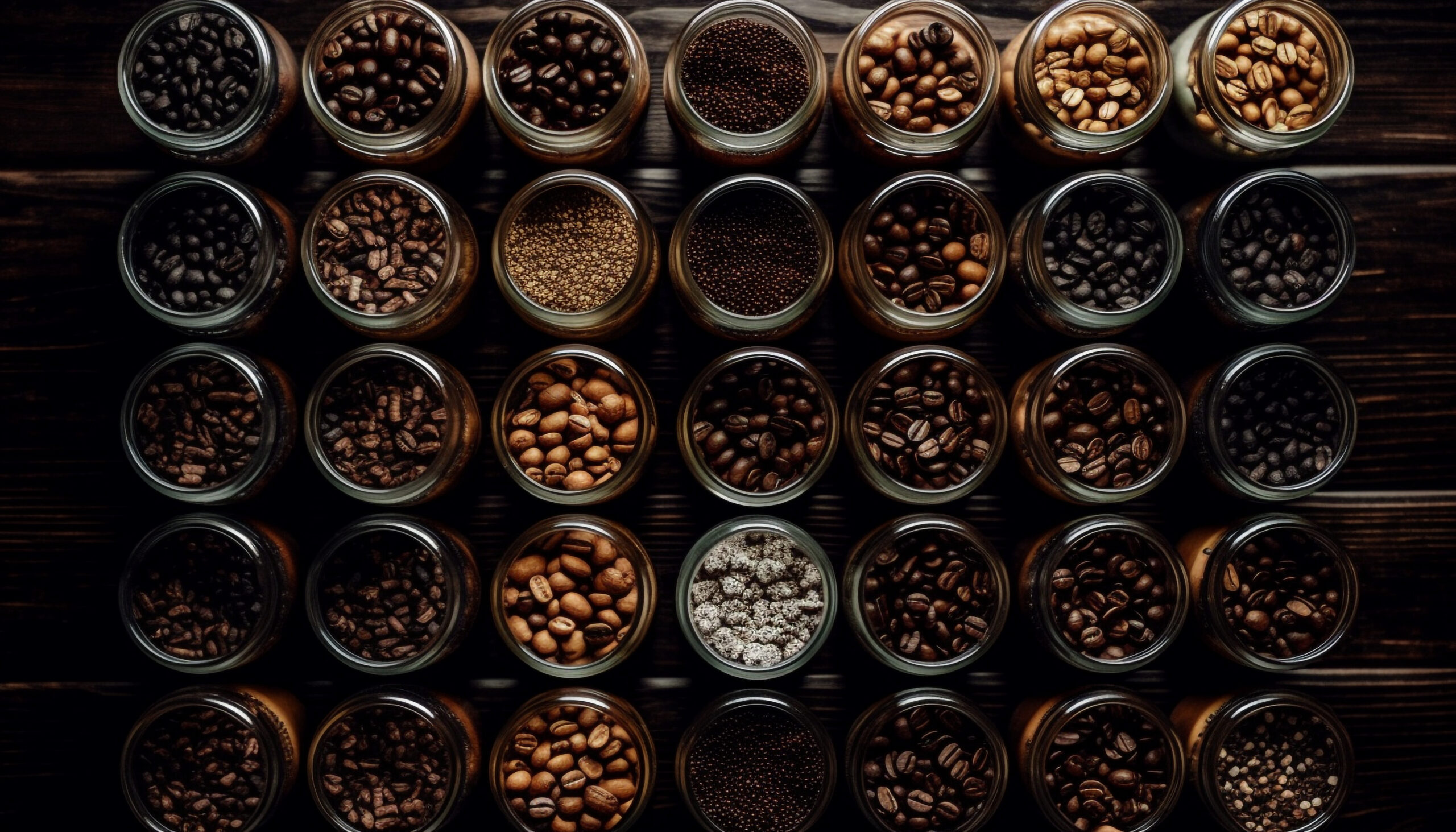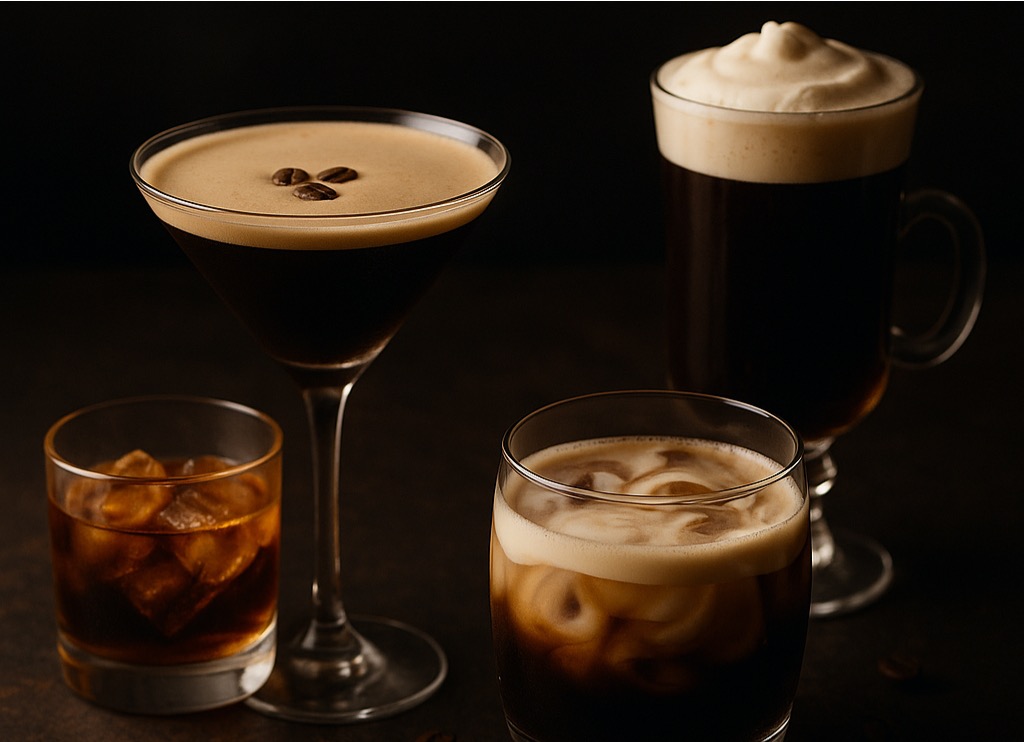
Coffee Roast Dates and Why They Matter
Unlike “sell by” and “best by” dates, coffee roast dates give you a timestamp of when your coffee was at its freshest.
While freshness is key for great flavor and aroma, roasted coffee needs time to degas before it’s ready to be packaged and brewed.
Coffee’s shelf life depends on a surprising number of factors, and even coffee experts disagree on the exact timeframe.
We’ve all become accustomed to navigating the world of expiration dates. The “sell by” date on that carton of milk or the “best by” date on your favorite crackers tell a story – a story of freshness and when that particular food item might start to lose its quality or become potentially hazardous. But venture into the world of specialty coffee, and you’ll encounter another date altogether: the roast date.
Big commercial roasters often focus on a “best by” date, which can be misleading. This date reflects their target coffee shelf life, not necessarily peak freshness. Smaller, specialty roasters, on the other hand, embrace showcasing the vibrancy of their beans. That’s why many proudly display roast dates (instead of “best by” dates)—a clear indicator of how fresh your coffee truly is.
Unlike “sell by” or “best by” dates, the roast date isn’t a countdown to spoilage. It’s a window into a coffee bean’s peak flavor potential. So why are coffee roast dates important? Because for the coffee connoisseur, understanding roast dates can help you unlock the nuanced flavors of your favorite roasts. Let’s delve deeper into the science behind roast dates and discover how they empower you to brew coffee that’s anything but ordinary.
The Science Behind Coffee Roast Dates
Imagine a freshly cut apple. It starts out looking bright and crisp, but after a while exposed to air, it browns. That’s oxidation. The same principle applies to coffee.
When we talk about “stale” coffee, we’re usually talking about coffee that has oxidized to the point that the flavors have been noticeably dulled. Roasted coffee beans are full of acids, sugars, proteins, minerals, and other compounds, which are trapped within the beans’ cellular structure; these compounds create the flavor and aroma profile of the roast. They’re like little flavor bombs waiting to explode in your cup. But they’re also susceptible to oxidation, which is the chemical reaction between oxygen and these coffee compounds.
The longer coffee is exposed to air, the more of those flavor compounds deteriorate. First, oxidation breaks down the flavorful, aromatic compounds that make your coffee taste amazing, which can lead to dull, flat brewed coffee. Oxidation can also cause the oils on darker roasts to go rancid, introducing a truly unpleasant taste to your brewed coffee.
The roast date acts as a timestamp, a starting point for this freshness countdown. By knowing when your beans were roasted, you’ve gained important information about where your coffee lands in that flavor trajectory.
Is Fresh Always Best?
The answer is, well, yes and no. Yes, coffee that has oxidized for a while will gradually lose its flavor, but you also don’t want to brew coffee straight out of the roaster. That’s because there’s an important step in the process just after the coffee has finished roasting: degassing.
When green coffee is roasted, it triggers chemical reactions within the beans that produce CO2. When the beans crack during the roasting process, that CO2 is released, but it doesn’t all spill out at once; it seeps out gradually over time.
In fact, roasters don’t just bag your beans right as soon as they’ve cooled; instead, they typically allow the beans to degas in open containers. Allowing time for initial degassing is important for two reasons. First, it prevents the packaging from inflating or even exploding—not exactly ideal for your pantry shelf! The beans will continue to degas after they’ve been packaged—that’s why most bags include a one-way valve that allows CO2 without letting oxygen in—but the beans will release about half of that CO2 in the first 24 hours. Giving the beans time to rest helps ensure that gas doesn’t overwhelm the valve and the packaging doesn’t burst.
Second, and more importantly for taste, having too much CO2 in ground coffee can lead to under extraction, resulting in weak, sour cups. That’s why, even if you could purchase coffee straight out of the roasting machine, you wouldn’t want to brew it that same day.
So while fresher is, in general, better, you can push it too far.
How Long Does Roasted Coffee Last?
There are a lot of factors at play in the peak brewing period for your coffee beans, each contributing to the final flavor profile and aromatic experience.
- Roast Profile: The timeframe for peak flavor depends a lot on which coffee roast you choose. Lighter roasts tend to stay fresh longer than dark roasts. Why? It all boils down to porosity. Light roasts have a denser cellular structure, making them less susceptible to oxygen infiltration. Dark roasts, on the other hand, undergo a transformation that goes beyond the second crack. This releases natural oils within the beans, which are delicious when fresh, but can turn rancid over time when exposed to oxygen.
- Brewing Method: Adding water to coffee grounds quickly releases the remaining trapped CO2. Pour-over brewing methods account for this; it’s why most experts recommend a bloom phase, which allows those gases to be released before you start the brewing phase. On the other end of the scale, a brewing method like espresso, doesn’t allow for that slow release, which means beans intended for espressos should rest a bit longer to allow more of the gases to be released before the coffee is ground and brewed.
- Storage: While your coffee rests, the one-way valve allows CO2 to be released without letting oxygen in. Coffee in a sealed bag oxidizes at a much slower rate than coffee stored in an open bag. Once you’ve opened your bag, storing coffee in an airtight coffee storage canister with a valve will protect the flavors for longer.
Understanding how these factors interact will empower you to unlock the full potential of your favorite beans and transform your morning cup from ordinary to extraordinary.
But keep in mind that within the coffee industry, there’s debate about the ideal timeline for brewing roasted coffee. Baylee Engberg, an experienced coffee roaster and green coffee buyer, says that coffee shelf life is much longer than what most people believe. While the oils on dark roasts can go rancid, it takes a long time for that process to play out—she estimates about two years. And she points out that when Samantha Spillman won the US Barista Championship in 2019, her coffee was 27 days off the roast. Brian Franklin—founder, owner, and roastmaster of DoubleShot Coffee Company—on the other hand, says that they typically don’t sell coffee that’s more than a few days past its coffee roast date.
But keep in mind that even coffee that’s safe to drink doesn’t have to go to waste just because it’s past its peak freshness. Lots of roasters have found sustainable ways to put that coffee to good use. David Myers, founder of Mighty Good Coffee, packages and distributes coffee within days of roasting. Anything that doesn’t sell, or goes past its “best by” date on store shelves, is donated to community organizations.
You can find Mighty Good Coffee’s Almighty Blend in the U3 Coffee Exchange.
Tips for Understanding Coffee Shelf Life
Now that you’re armed with roast date knowledge, here are some tips to put your newfound power into action:
- Befriend Your Local Roaster: Small-batch roasters are passionate about freshness and will proudly often display roast dates on their beans. They can also offer valuable insights into specific roasts and brewing recommendations to help you find your perfect cup. May roasters pride themselves on knowing when their roasts are at the peak of flavor and how to account for different brewing methods.
- Embrace Whole Bean Coffee: Grinding your beans right before brewing is another freshness booster. Pre-ground coffee exposes a larger surface area to air, accelerating the flavor degradation process, so we recommend purchasing whole bean coffee whenever you can and investing in a quality burr grinder.
Store It Right: Once you’ve opened the bag, transfer your beans to an airtight container and store them in a cool, dark place.
Conclusion
Brewing outstanding coffee isn’t just about the beans themselves; it’s about understanding the journey those beans take—from roasting to your cup. By paying attention to roast dates, you’re gaining more knowledge that can help you draw out the roasts flavor profile.
Cheers to you for diving deep into the world of coffee with us! U3 Coffee exists to create the most meaningful coffee experience for millions of mindful, motivated humans like you. Let’s learn, empower, and celebrate the journey from bean to cup. Because here, we’re United by Coffee.
Related posts
- Apr 2025 Elevate your coffee-based cocktails! Discover new takes on the espresso martini, Irish coffee, & more classic coffee drinks.
- Feb 2025 Discover the top coffee trends for 2025, from cold coffee innovations to mindful coffee drinking. Explore the latest and future coffee trends in the coffee industry.


